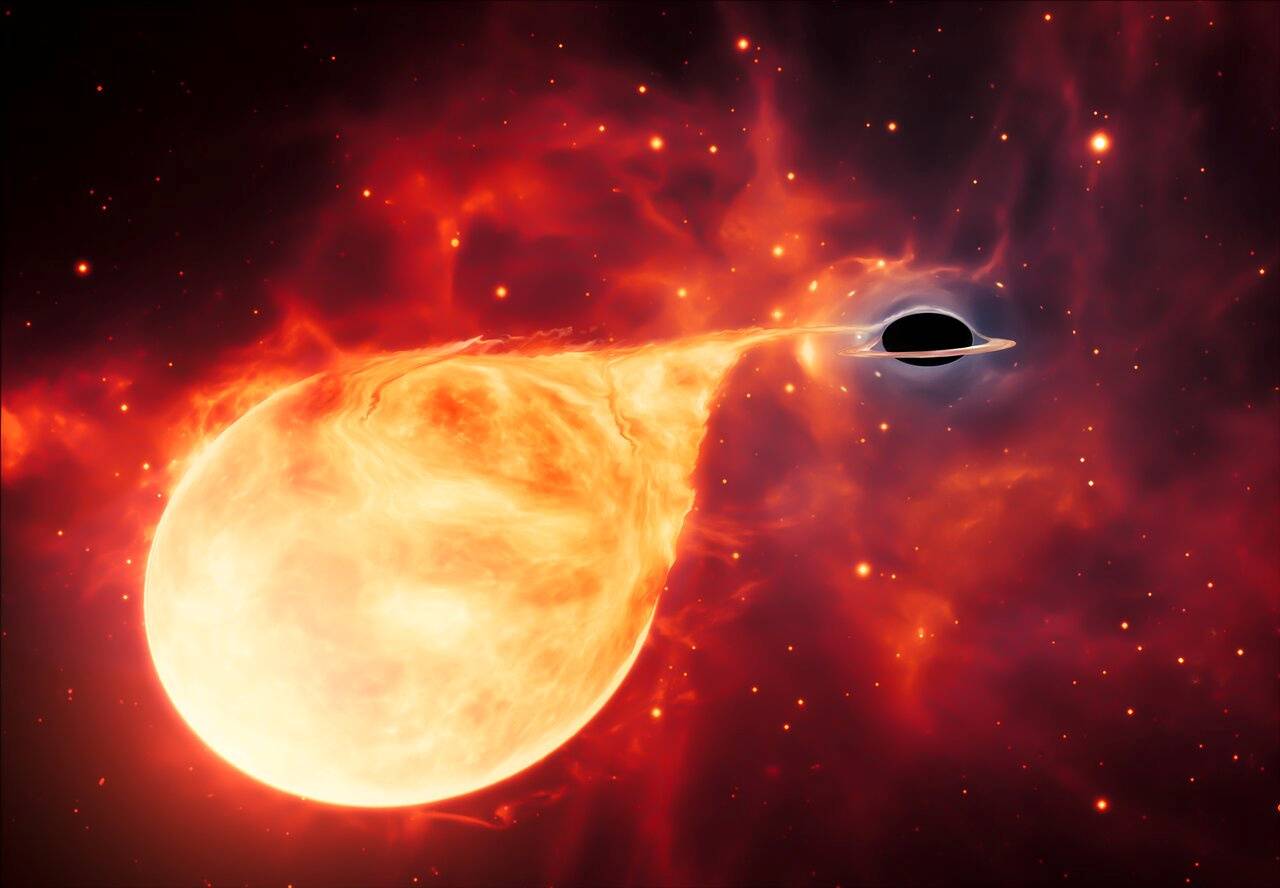Scientists have detected a midsize black hole — considered the "missing link" in the understanding of these celestial brutes — eviscerating an unfortunate star that strayed too close.
Using data from the Hubble Space Telescope and two X-ray observatories, the researchers determined that this black hole is more than 50,000 times the mass of our sun and located 740 million light years from Earth in a dwarf galaxy, one containing far fewer stars than our Milky Way.
Black holes are extraordinarily dense objects possessing gravitational pulls so powerful that not even light can escape.

















With your current subscription plan you can comment on stories. However, before writing your first comment, please create a display name in the Profile section of your subscriber account page.